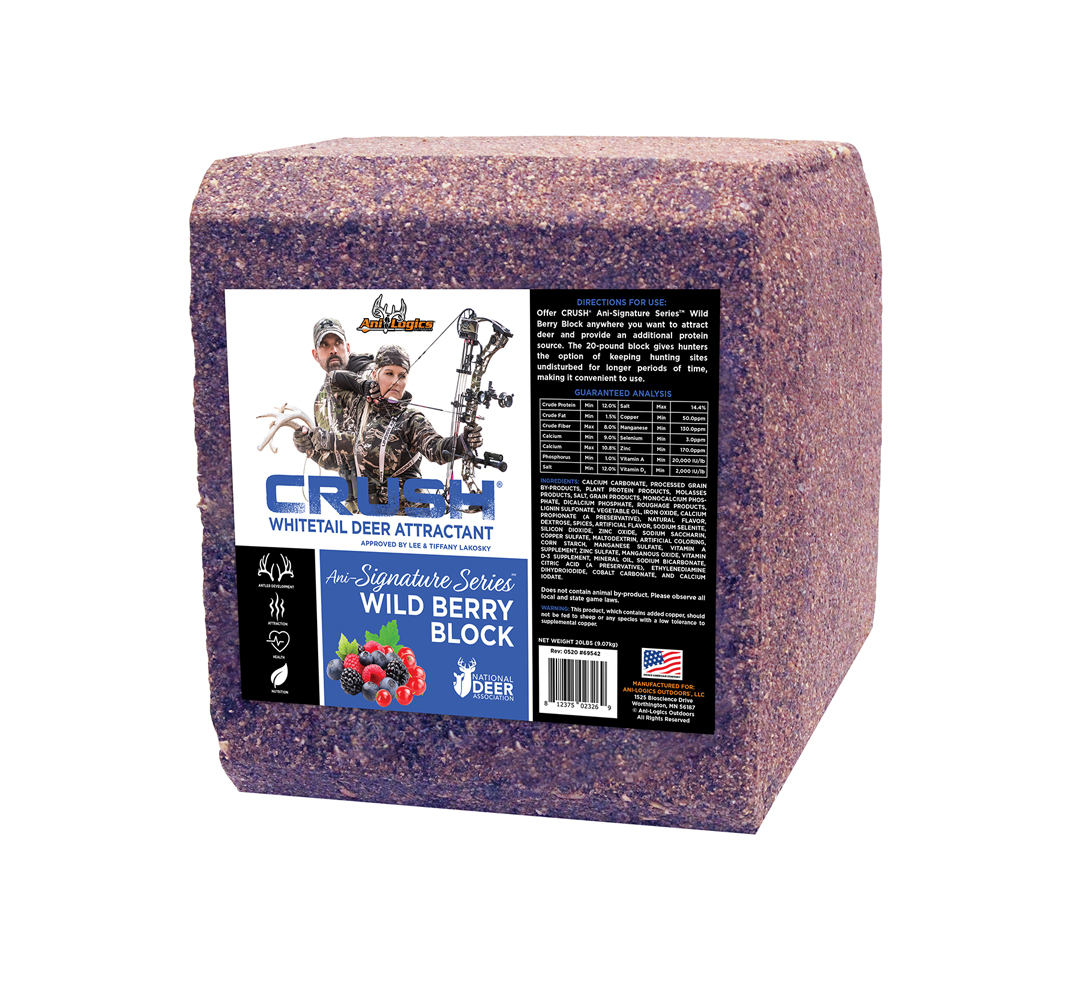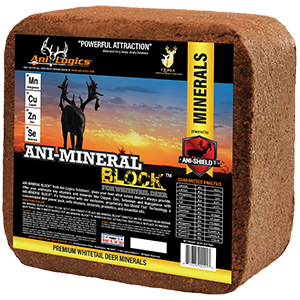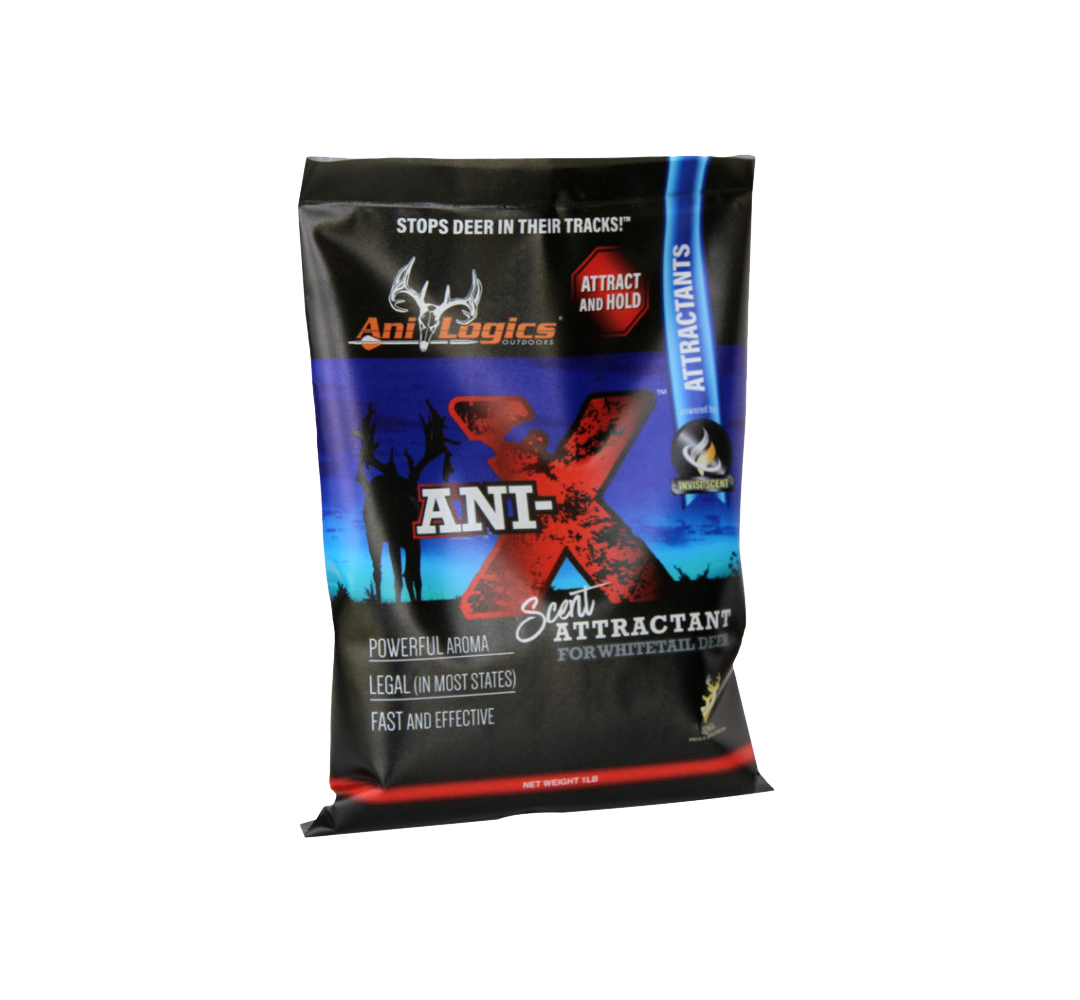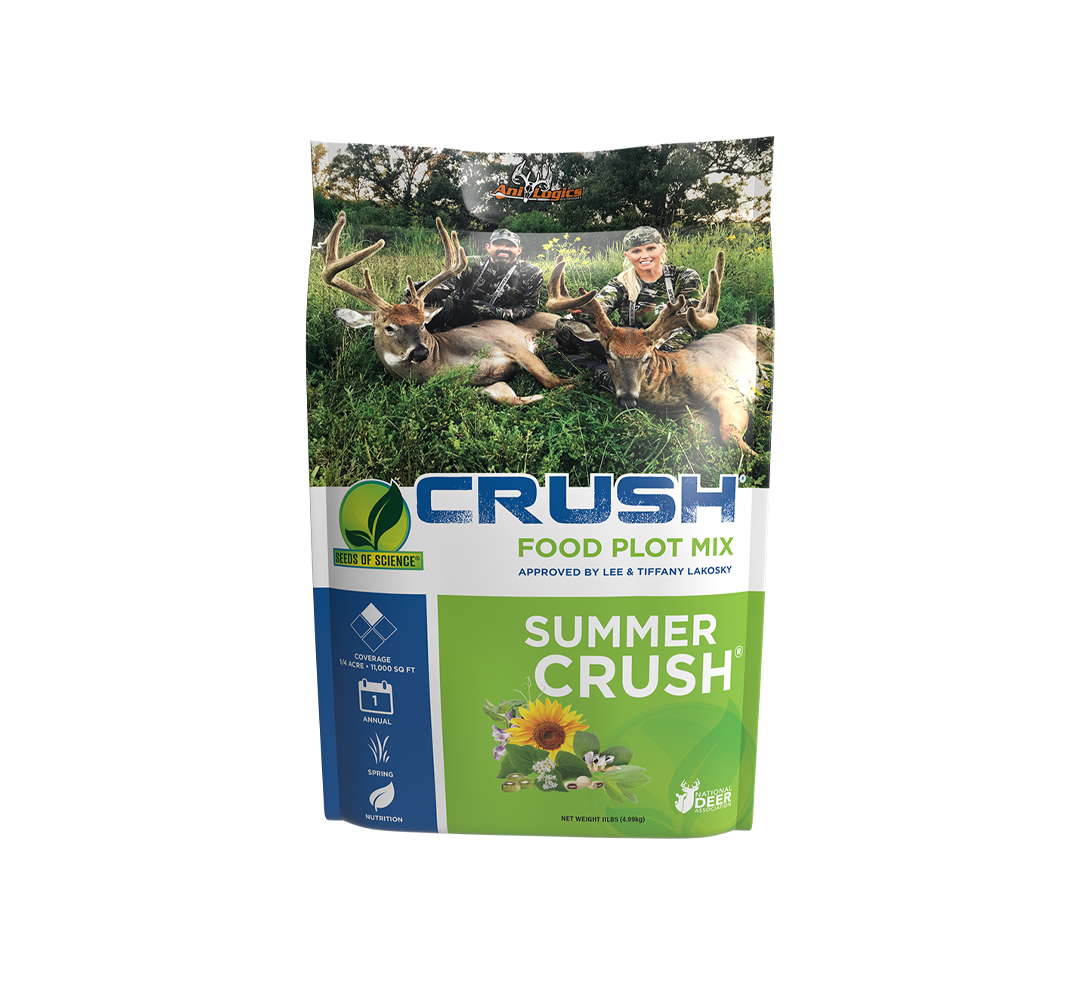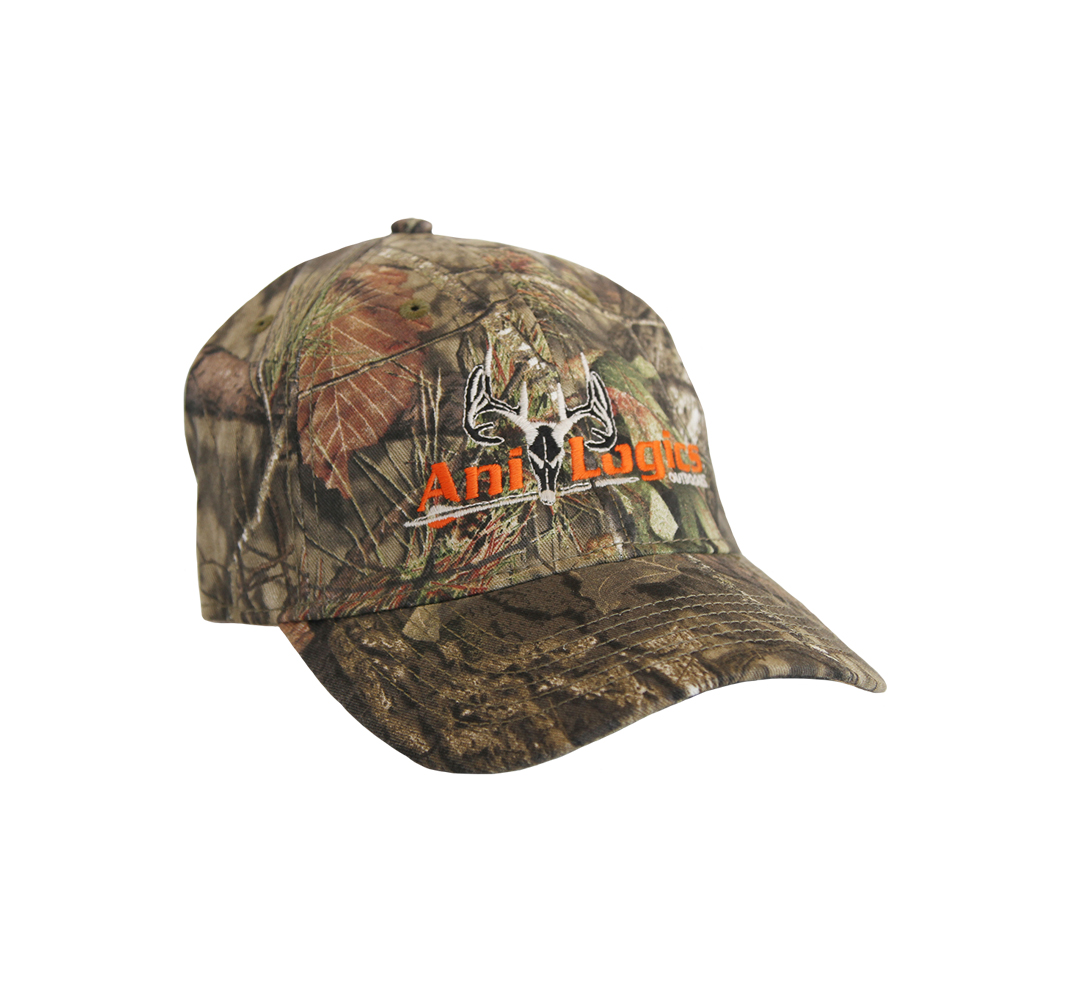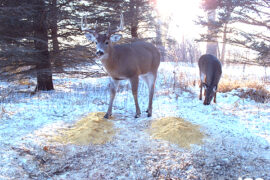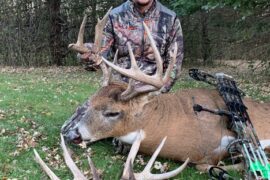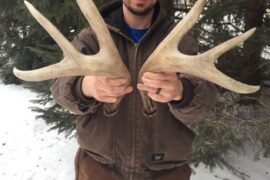Are You Missing Sheds? I Know I Am!
Ok, let’s start by clarifying there are two ways to miss sheds. The first is similar to when you’re leaving family and you tell them you will miss them. This happens to me when I find a big shed and I walk around with it all day, then I must go to bed without it, I miss it. The other way is when you are walking around looking for sheds and end up walking past them. If you think you find 100% of the sheds that are out on the landscape, you are either lying to yourself, or you need to come shed hunt with me and help me find them all. How do I know that you are missing sheds? I can show you the numbers to prove it.
I completed my Master’s in Wildlife Science at Auburn working with Dr. Ditchkoff at the Deer Lab. My study site was a 430-acre high fence preserve that consisted of wild deer captured within the enclosure during its construction, and their descendants. While I was there, we started a fun event called “Shedapalooza” which was a good way to get undergrads out of the dorms and into the woods. We would line up on one end of a woodlot and systematically walk from one end to the other looking for sheds.
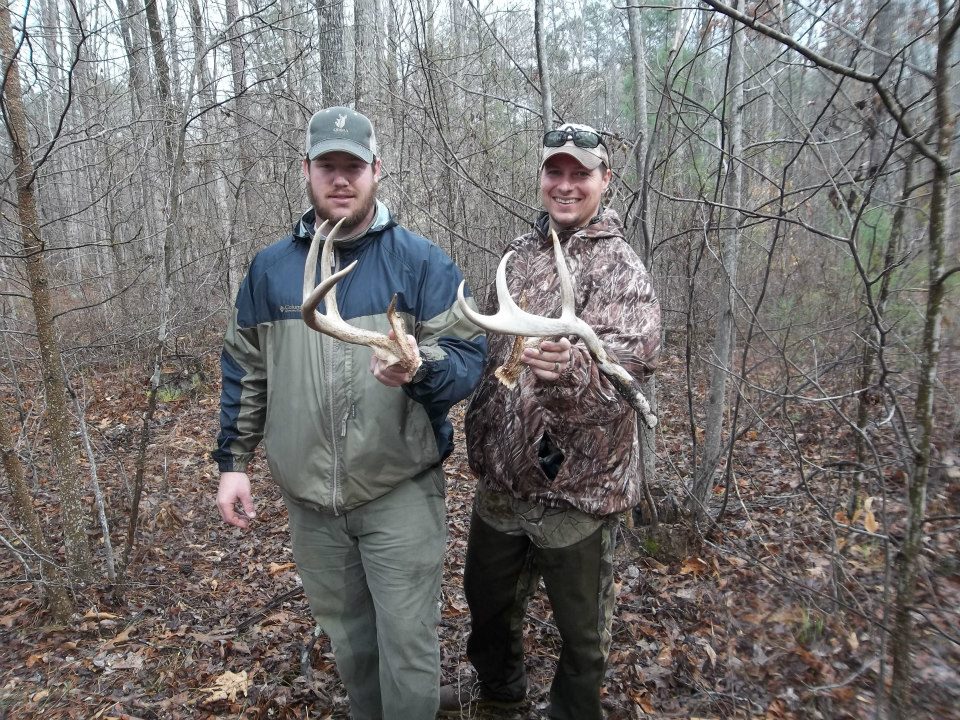
We had a known population of bucks and therefore could compare what we should have found to what we actually found. The numbers I’m using here are from the thesis of Nicholas Deig who released his findings in 2020. See link here.
The numbers were a bit depressing. Only 38% of all known sheds were collected. That means we missed 62% of sheds. I know for sure we missed some that were in the grass fields where finding a shed is like a needle in a haystack, but still the numbers are were short of my expectations. When I walk into an area, I have this feeling like I can find every shed there is, but the reality is we aren’t that good at it.
The average age for bucks that we found sheds to was 5.36 while the average age for sheds never found was 3.77. It seems logical that older bucks grow bigger antlers and are easier to find than smaller, younger ones. This area of Alabama has a later breeding season and some fawns are born late enough that by the time they reach 1.5 years old they don’t have much for antler growth, with many having small spikes.
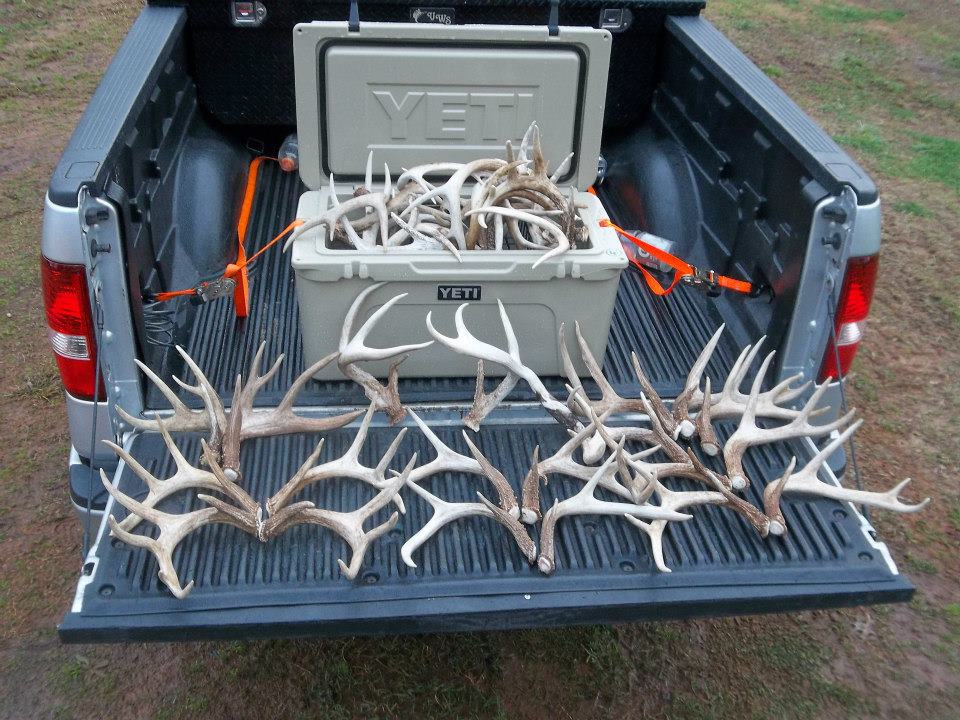
So, what can you do to be a better shed hunter? My best guess is that you need to slow down. Also, hitting an area multiple times will help you see things you didn’t see the first time. When you make the second pass, switch up your direction of travel and come in at a 90 degree angle from where you did before. This might help catch the sun glare of a tine that you would not have noticed before.
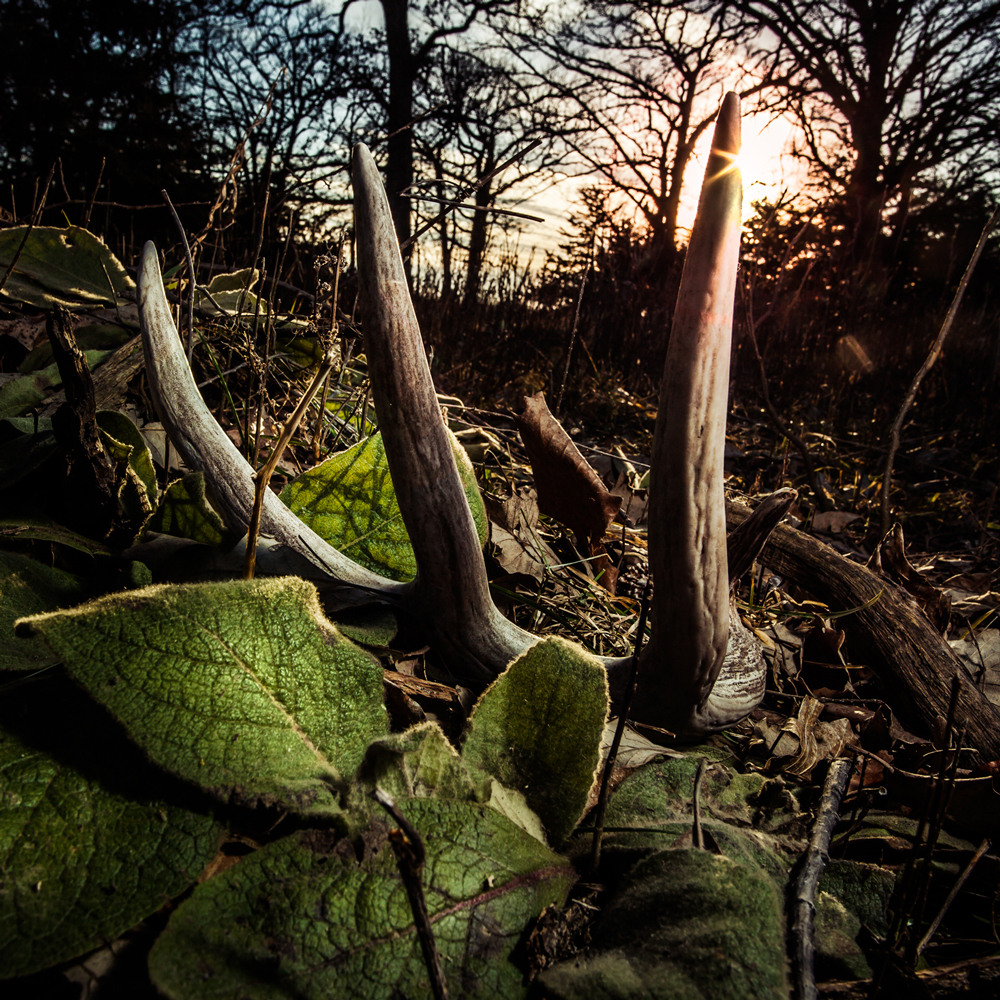
Don’t forget that you aren’t looking for the whole antler, you are looking for parts of an antler. Another great way to find more sheds is to train a dog to find sheds. They can cover a LOT more ground than you can. Here is the blog I wrote on the subject of training dogs for shed hunting.
If you are in an area where you can feed, now is a great time to be using feed to keep bucks in your area. The longer they hang out at your feed site, the better the chances of finding their antlers. I like to use Ani-Supplement GOLD to keep them around. Searching around food plots, and then hitting the bedding areas closest to where they are feeding has been fruitful for me. Sometimes it takes a lot of walking to cover an area, but that makes finding them so much more rewarding. Good luck in your search for white gold and try not to lose sleep about how many you walked by without finding. It happens to the best of us!
YOU MIGHT ALSO LIKE
Your Cart
Categories
- Attractants 26
- CWD 1
- Deer Management 62
- EHD 3
- Food Plots 17
- Hunting 85
- Land Management 17
- Minerals 28
- Shed Hunting 4
- Supplements 36
- Turkey Hunting 6
Browse Tags
Products
-
 Mineral Dirt 180 - 20lb
$34.99
Mineral Dirt 180 - 20lb
$34.99 -
-
 Whiteout Frenzy
$103.90
Whiteout Frenzy
$103.90 -
-
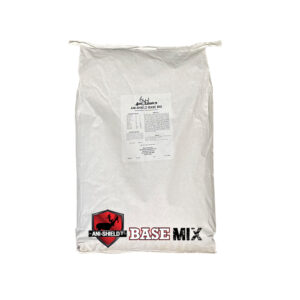 Ani-Shield Base Mix
$59.99
Ani-Shield Base Mix
$59.99 -
-
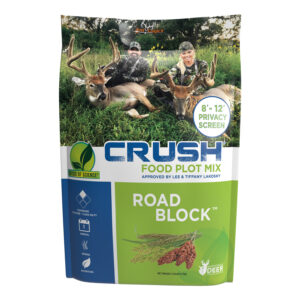 CRUSH Road Block
$29.99
CRUSH Road Block
$29.99 -

